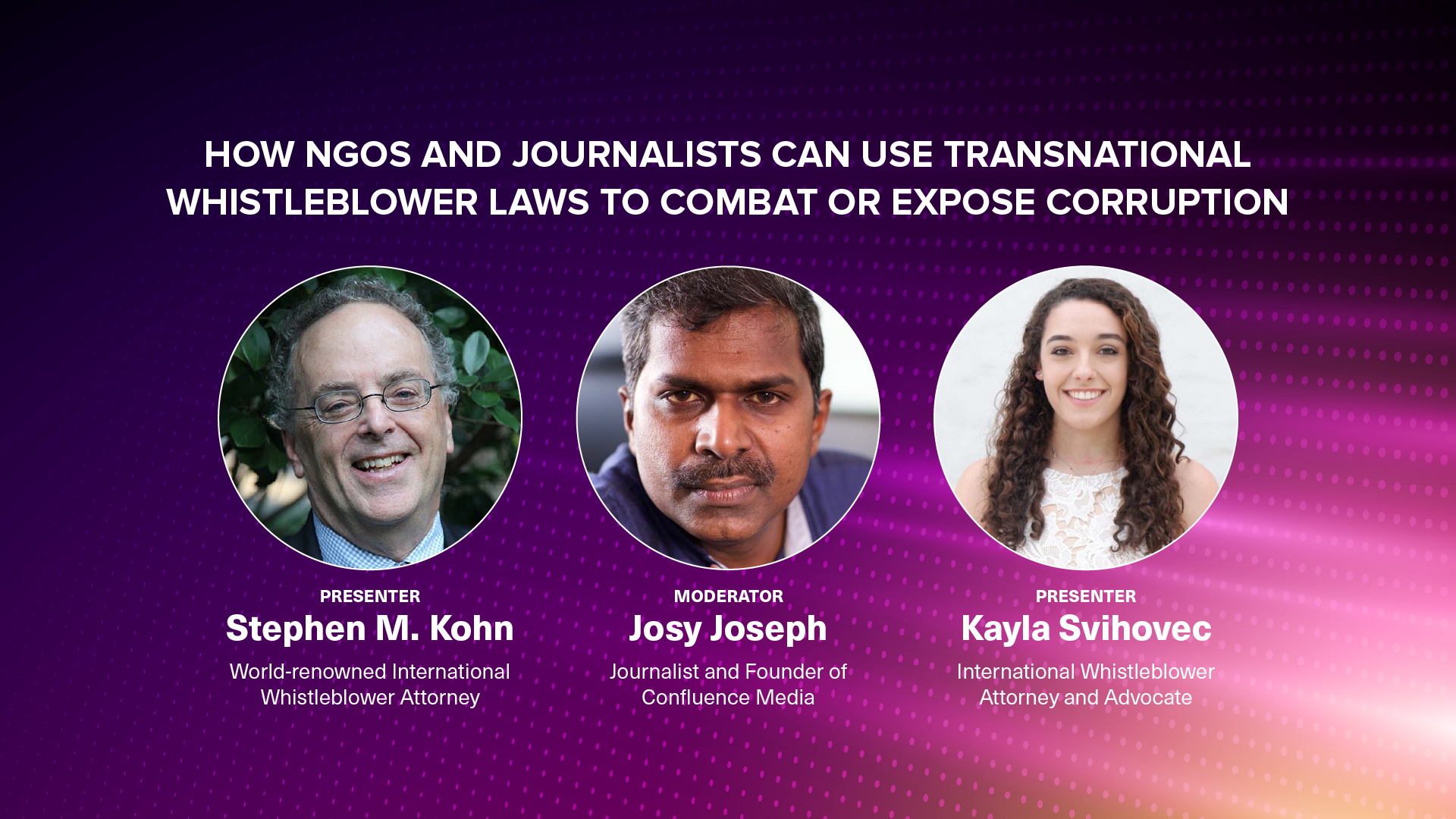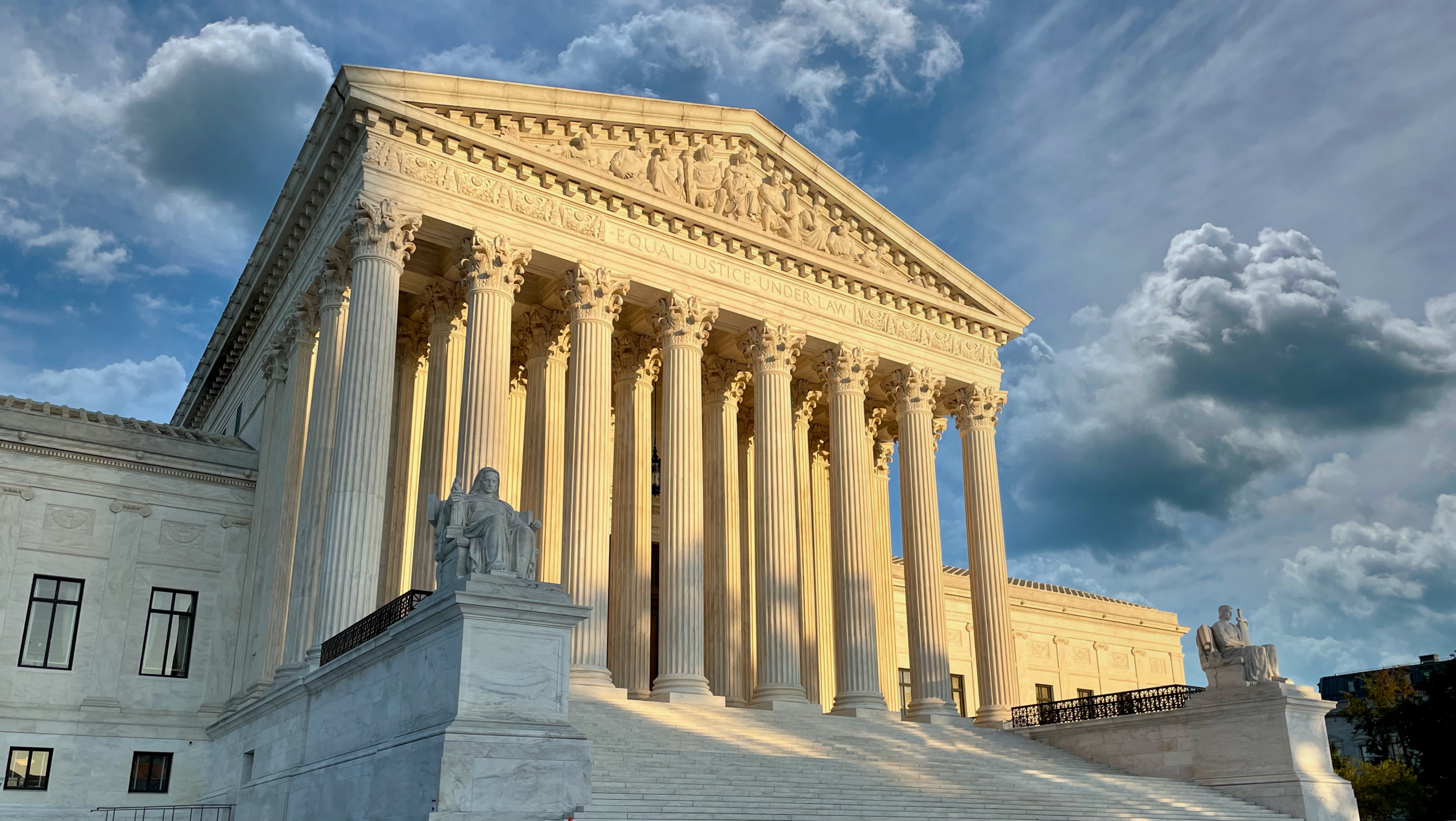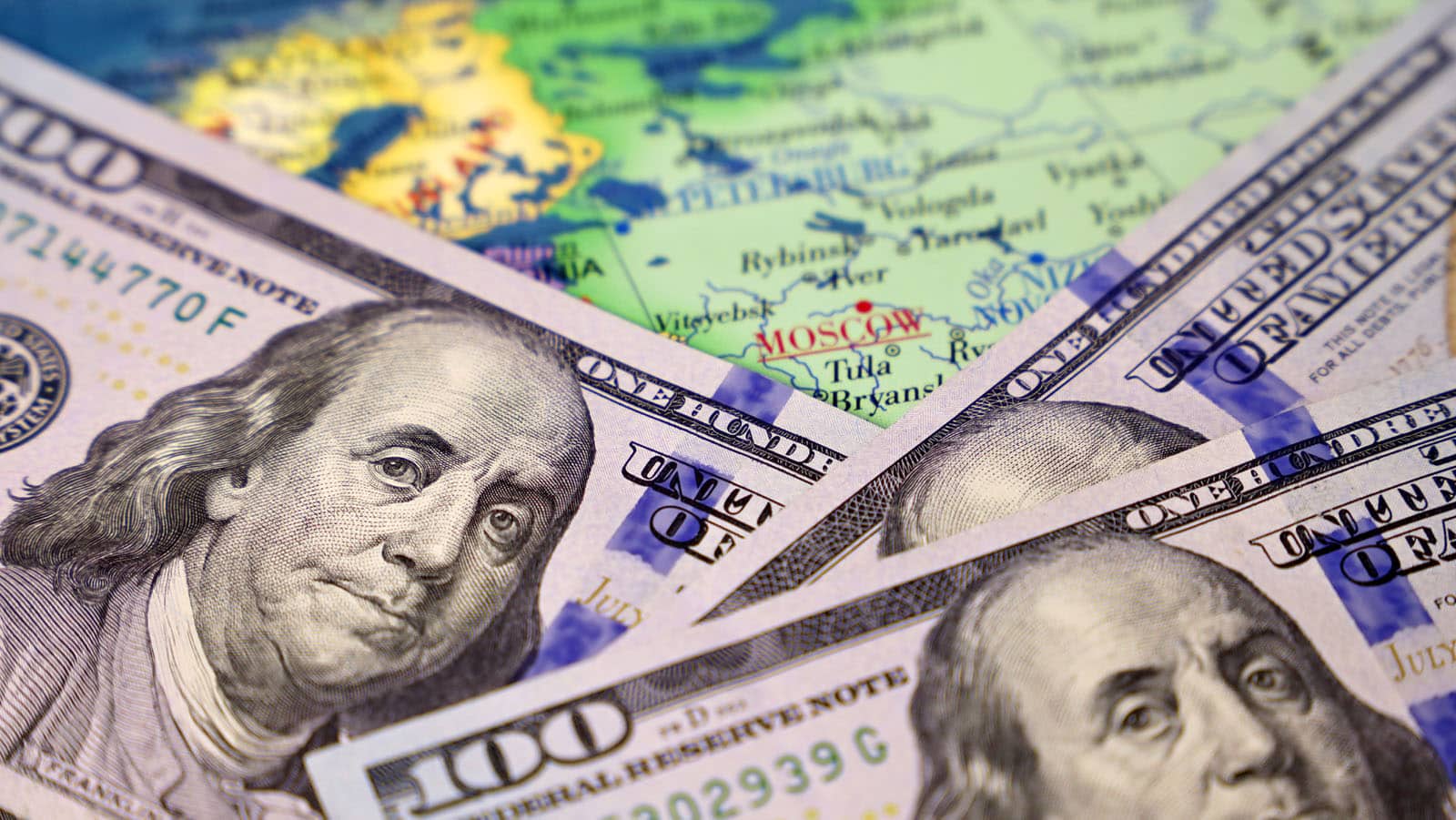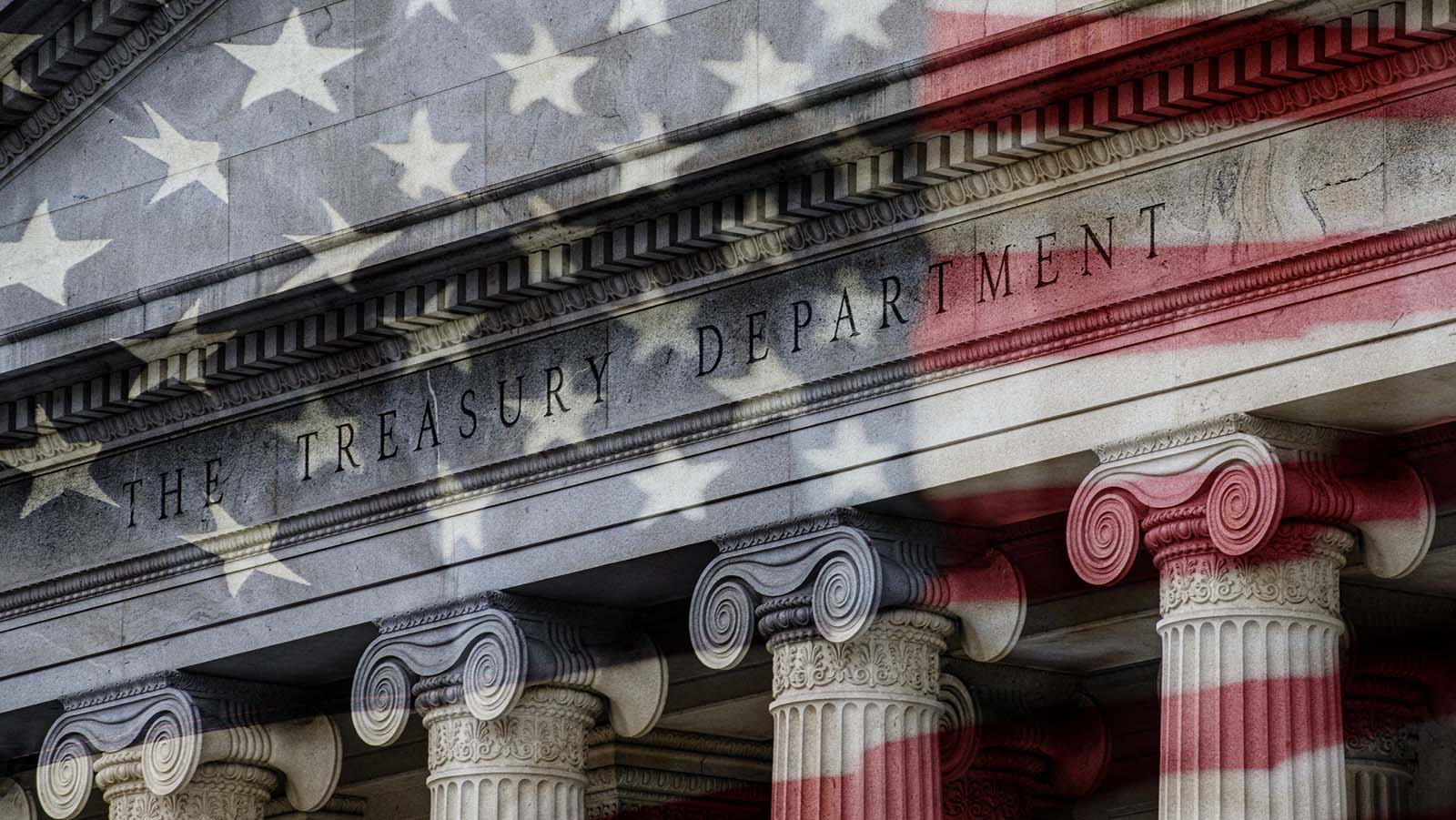What is Money Laundering? Definiton, Types, and Whistleblowing
Money laundering is the process of concealing the origin of illegally obtained funds to make them appear legitimate. This involves a series of transactions designed to disguise the illicit source of the money, often through complex financial maneuvers. Continue reading to learn more!
Updated
June 13, 2025

Money laundering is the process of obfuscating financial assets which criminals use without having the illegal activity that produced those assets be detected. Assets mainly include cash, but can also include stocks and bonds, real estate, precious metals and stones, digital assets such as cryptocurrencies, art and collectibles, and other financial instruments.
AML Laws
How Money Laundering Works
Criminals engage in money laundering to introduce illegally obtained money into the legitimate financial system. Money laundering occurs through a three-stage process, which includes the following:
- Placement: illegally obtained funds are introduced into the financial system.
- Layering: The funds are then disguised through a series of sophisticated transactions.
- Integration: The money is brought back into the financial system through legitimate purchases.
Once the “dirty” money has been “cleaned,” criminals can use it to acquire new businesses that generate legitimate income, or for personal expenses, such as luxury goods or travel. However, it can also be used for illicit purposes such as supporting terrorism, drug trafficking, arms trading, and other criminal activities.
Practitioners of money laundering include organized criminal groups like drug traffickers, corrupt government officials, and financial fraudsters. Given how difficult it is to detect money laundering, whistleblowers play a key role in law enforcement efforts to address the issue.
Although hard to quantify, various estimates suggest that the global impact of money laundering could be in trillions of dollars annually. The United Nations Office on Drugs and Crime (UNODC) has estimated that money laundering could represent 2-5% of global GDP, which equals roughly $800 billion to $2 trillion annually.
Reverse Money Laundering
Reverse money laundering involves using legitimate funds, such as salaries or business profits, to finance illegal activities like terrorism or bribery, or to facilitate tax evasion. Unlike traditional money laundering, which aims to conceal the origin of illegal funds, reverse money laundering focuses on concealing the purpose of the funds. This can involve using legitimate businesses or charitable organizations as fronts for criminal activities.
Types of Money Laundering
There are many ways in which criminals engage in money laundering. The method that a criminal chooses depends on their fear of detection. Below are the most common types that occur:
- Structuring or Smurfing: smurfing is the breaking down of large sums of cash into smaller deposits to avoid detection by banks and their reporting requirements. This is often done using money orders, which are taken out, then redeposited.
- Cash Smuggling: this involves the illegal transportation of illegally obtained funds in the form of cash across jurisdictional boundaries, and depositing funds into an offshore bank account that in a jurisdiction that offers high levels of secrecy. This often includes tax havens such as the Cayman Islands.
- Cash-Intensive Businesses: money launderers may use businesses such as casinos, restaurants, or retail stores that handle large amounts of cash, in which dirty money can be easily layered and integrated.
- Shell Companies: shell companies are not illegal, but money launderers use these to hide their identity, and to circulate funds across these shell companies in various countries across the world, making those funds difficult to trace.
- Trade-Based Money Laundering: this process includes the manipulation of trade invoices to over- or under-invoice goods, allowing funds to be moved across borders. For instance, this can involve the purchasing of art, which has subjective value, at an inflated price.
- Round-tripping: round-tripping is an illegal tax evasion scheme where money is secretly sent to a bank account in a country with very low taxes (a “tax haven”). To bring the money back, it’s disguised as a foreign investment, which often has lower or no taxes.
- Gambling: criminals may use illicit cash to purchase gambling chips. After a brief period of play, they may cash out their chips, requesting payment in the form of a check or obtaining a receipt. This receipt can then be used to claim the winnings as legitimate income.
- Sports: Investigations have shown that profits from sports are often used to launder money. In Latin America, launderers use sporting clubs such as soccer teams to launder money by buying and selling players, and through the sale of tickets and merchandise.
There are other types of money laundering, which can take many forms, such as through online gaming, online job marketplaces, and more recently, cryptocurrency.
Money Laundering Using Cryptocurrency
In recent years, cryptocurrency has been front and center for its use in dark markets and money laundering. Money launderers exploit the inherent anonymity and decentralized nature of cryptocurrencies to conceal the origins of their illicit funds and move them across borders. For instance:
- Privacy Coins: Cryptocurrencies like ZCash and Monero offer high levels of anonymity, making it difficult to trace the origin of funds. While not ideal for large-scale operations, they are suitable for laundering smaller amounts of illicit money.
- NFTs: Non-Fungible Tokens are used for “wash trading,” where an individual creates multiple wallets to artificially inflate the value of an NFT before selling it to an unsuspecting buyer. NFT trades are relatively anonymous in nature.
- Cryptocurrency Mixers: Cryptocurrency mixers blend the cryptocurrencies of multiple users, making it impossible to track the origin of funds. This obfuscation helps launder money on public blockchains like Bitcoin and Ethereum.
In the United States, FinCEN requires mixers to register as Money Service Businesses (MSB). Many digital currency exchanges are now operating Know Your Customer (KYC) programs under threat of regulation from the jurisdictions they operate but significant gaps remain that allow cryptocurrency to be used by illicit actors.
Notable Money Laundering Cases
TD Bank (2024-Ongoing)
In October 2024, TD Bank was implicated in a major money laundering scandal, and faces a record-breaking $1.8 billion in penalties. The investigation revealed systemic failures within the bank’s anti-money laundering (AML) program, allowing hundreds of millions of dollars in illicit funds to flow through its accounts. Key findings include inadequate AML controls, facilitated by the bank prioritizing budget constraints over necessary compliance investments, leading to insufficient monitoring of transactions and a failure to address known risks.
Furthermore, three distinct criminal networks exploited these weaknesses to launder over $670 million through TD Bank accounts. Adding to the severity of the situation, some bank employees actively conspired with money launderers, further enabling illicit activities. These allegations, if proven, could have significant consequences for TD Bank, including reputational damage and increased regulatory scrutiny.
Danske Bank (2018)
Our client and whistleblower Howard Wilkinson, a former Danske Bank employee, played a crucial role in exposing a massive money laundering scheme at the bank’s Estonian branch.
While working there, he observed suspicious activity, including large volumes of money flowing through the bank from Russia and other former Soviet states. Despite repeatedly raising concerns internally, his warnings were largely ignored.
Wilkinson ultimately filed internal reports detailing his concerns, which led to the public exposure of the scandal in 2018. This event, involving an estimated $234 billion in potentially illicit funds, has had major repercussions for Danske Bank, including substantial fines and reputational damage.
Wilkinson’s actions have highlighted the importance of robust anti-money laundering controls, whistleblower protection, and transparency within the financial sector.
Deutsche Bank (2010-2014)
Deutsche Bank has been implicated in a major money laundering scandal known as the “Global Laundromat.” This scheme involved the movement of billions of dollars in illicit funds from Russia through banks in Estonia, Latvia, and Cyprus between 2010 and 2014. Newspaper reports estimate the total value of laundered money through this network to be as high as $80 billion.
Deutsche Bank is also under investigation for its involvement in the Danske Bank scandal, where an estimated €200 billion in Russian funds were allegedly laundered through the Danish bank’s Estonian branch. The investigations focus on Deutsche Bank’s role in facilitating these transactions, potentially by failing to adequately monitor and prevent money laundering activities.
These allegations, if proven, could have significant consequences for Deutsche Bank, including substantial fines and reputational damage.
HSBC (2012)
The 2012 HSBC money laundering scandal involved the global banking giant facilitating the movement of billions of dollars in illicit funds through its U.S. subsidiary. U.S. authorities found that HSBC had knowingly allowed Mexican drug cartels to launder vast sums of money through its banking system. The investigation revealed severe deficiencies in the bank’s anti-money laundering (AML) controls, including inadequate due diligence, lack of oversight, and ignoring red flags.
HSBC was fined a record $1.9 billion by U.S. authorities, along with $665 million in civil penalties. The scandal severely damaged HSBC’s reputation and eroded public trust in the bank. It also intensified regulatory scrutiny of banks’ AML compliance programs and led to increased enforcement actions against financial institutions.
This case served as a stark reminder of the critical importance of robust AML controls within the financial sector and the severe consequences for banks that fail to adequately address the risks of money laundering.
Other Important Cases
- BNP Paribas: In June 2014, BNP Paribas, a major French multinational banking group, pleaded guilty to criminal charges of falsifying business records and conspiracy for violating U.S. sanctions against Cuba, Iran, and Sudan. This involved processing billions of dollars in transactions for these sanctioned countries through the U.S. financial system. The $8.9 billion fine levied against BNP Paribas remains the largest ever for violating U.S. sanctions, underscoring the severity of the bank’s misconduct.
- Charter House Bank: In 2006, Charter House Bank in Kenya was placed under statutory management by the Central Bank of Kenya after it was discovered to be deeply involved in a massive money laundering scheme. Investigations revealed that the bank had facilitated the laundering of over $1.5 billion through numerous accounts with missing or fraudulent customer information. This scandal highlighted systemic weaknesses in the Kenyan banking system and the dangers of inadequate anti-money laundering controls.
- Standard Chartered: This British multinational bank paid a $330 million fine in 2012 for laundering hundreds of billions of dollars for Iran. The bank concealed nearly 60,000 transactions worth $250 billion for Iran through the U.S. financial system over a period of nearly a decade. This egregious violation of U.S. sanctions demonstrated a blatant disregard for international law and underscored the serious consequences for financial institutions that facilitate illicit financial flows.
These cases serve as a reminder of the severe consequences for financial institutions that engage in money laundering activities. They highlight the importance of robust anti-money laundering controls, effective oversight, and strict enforcement of sanctions to maintain the integrity of the global financial system.
Preventing Money Laundering
The passing of the Bank Secrecy Act (BSA) in 1970 made it a requirement for all financial institutions to report transactions above $10,000 using a Suspicious Activity Report (SAR). These reports are used by the FinCEN and distributed to other international regulatory bodies and financial intelligence agencies. Institutions must also perform regular audits of AML compliance programs to ensure they are effective.
Key laws include the following:
- BSA: A U.S. law that requires financial institutions to report suspicious activity and maintain records of financial transactions.
- USA PATRIOT Act of 2001: Expanded the BSA and gave law enforcement broader powers to combat terrorism and money laundering.
- Anti-Money Laundering Act of 2020 (AML Act): A significant U.S. law that strengthened AML regulations, including provisions for beneficial ownership reporting.
Given the strong incentives like monetary awards and protection offered through new whistleblower programs, such as FinCEN’s AML and Sanctions Whistleblower Program, insiders within financial institutions and criminal networks play an important role in the detection, exposure, and deterrence of money laundering.
FinCEN AML & Sanctions Whistleblower Program
In 2021, the United States passed the AML Act which contains numerous amendments to the BSA and other anti-money laundering laws.
The law aimed to modernize reporting requirements and expand the authority of investigative and enforcement efforts, which is often against the banks that facilitate money laundering. The AML Act includes an award provision modeled on those of the Dodd-Frank Act. As originally passed, however, the law contained loopholes which undermined its efficacy.
In late 2022, Congress, encouraged by a grassroots campaign led by our firm, the National Whistleblower Center, and Whistleblower Network News, passed the AML Whistleblower Improvement Act to address the shortcomings of the AML Act and create a highly effective whistleblower award program for AML whistleblowers.
Key features of the program include:
- Whistleblower Awards: The law instituted a minimum mandatory award meaning that all qualified whistleblowers are entitled to an award of 10-30% of the sanctions collected in the enforcement action connected to their disclosure.
- Anti-Retaliation Provisions: The law also includes anti-retaliation protections for whistleblowers disclosing money laundering violations. An employer may not terminate, demote, harass, or otherwise take consequential action against a whistleblower
- Anonymity: Even though strict confidentiality is adhered to, whistleblowers who utilize the AML whistleblower program are eligible to report their concerns anonymously. However, they must do so with the assistance of a U.S-based attorney.
The U.S. Department of Treasury has also launched their Kleptocracy Asset Recovery Rewards Program, which provides awards up to $5 million to whistleblowers whose information leads to the successful forfeiture or seizure of any assets tied to foreign corruption.
Seeking Legal Assistance
Given the complex nature of money laundering cases and the type of parties generally involved, whistleblowers should seek legal assistance if they wish to submit a tip. A whistleblower attorney has a complete understanding of the law, and can also help protect your identity, maximize award amounts, and protect you against retaliation.
Seeking an initial consultation with an AML attorney is highly recommended. This proactive step can provide crucial guidance and help you avoid potential pitfalls if you plan to blow the whistle on potential money laundering. Contact our firm today for a free consultation.





